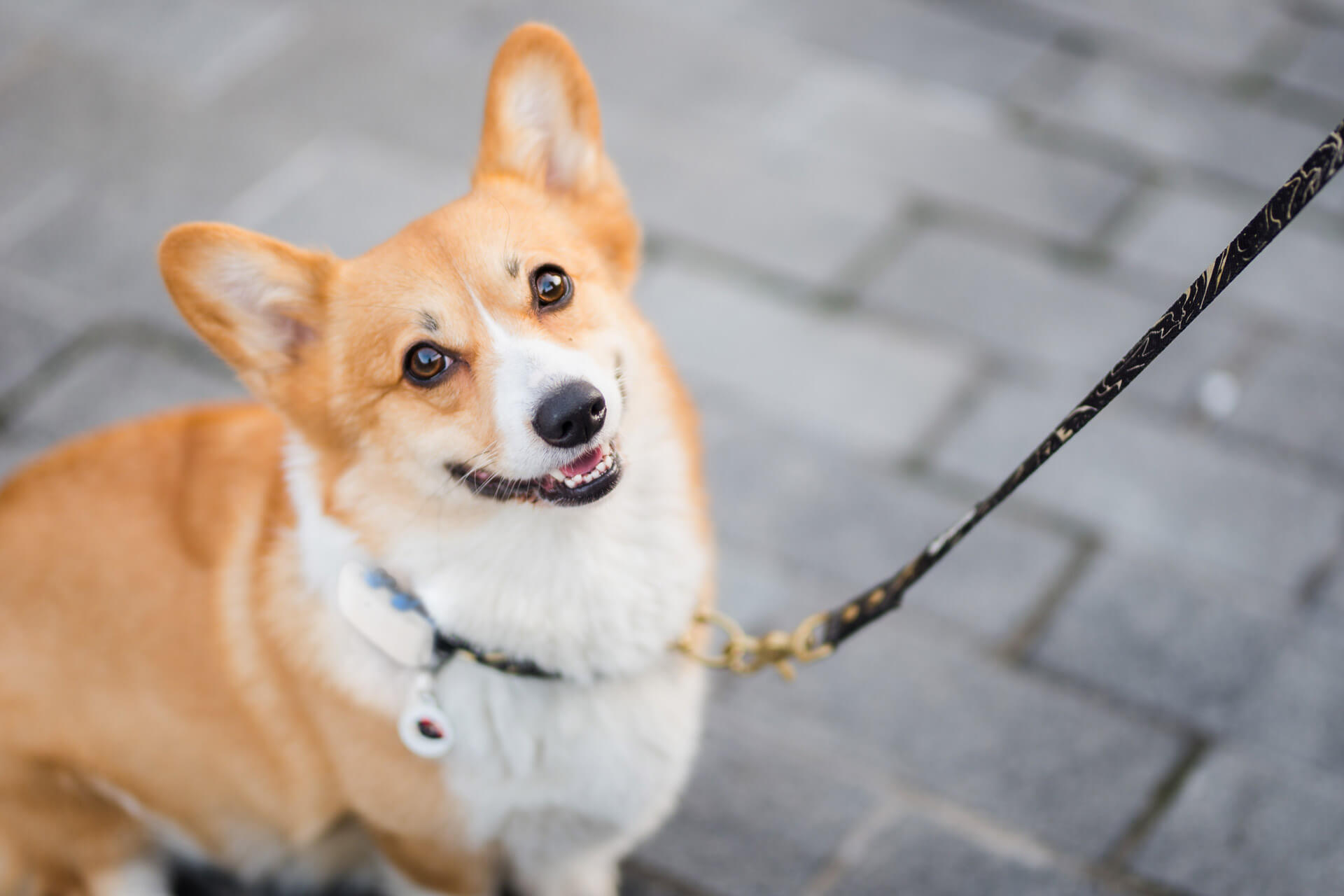To train a dog to walk on a leash, start by introducing the leash gradually and getting the dog used to wearing it. Use positive reinforcement and treats to encourage the dog to walk beside you without pulling.
Be patient and consistent with your training, and gradually increase the duration of the walks as the dog becomes more comfortable. It’s important to make the experience enjoyable for the dog and to establish a routine. With time and practice, your dog will learn to walk on a leash without pulling and will become a well-behaved walking companion.
Mastering Canine Leash Etiquette
Understanding dog walking basics before leash training: Before embarking on training your dog to walk on a leash, it is crucial to comprehend the core principles of dog walking and handler posture. The psychology behind leash behavior and reactivity should be grasped to better understand the training process. Establishing a firm foundation in these basic principles will pave the way for successful leash training and foster a positive walking experience for both you and your canine companion.
Preparing For Leash Training
Selecting the Right Leash and Collar: When choosing a leash and collar for leash training, it’s important to select the right size and material that fits your dog comfortably and securely. Consider a flat collar or a harness for better control.
Introducing Your Dog to the Leash and Collar: To introduce your dog to the leash and collar, allow them to sniff and explore the new equipment. Gradually associate positive experiences such as treats or praise with the leash and collar to create a positive association.
Importance of a Consistent Training Schedule: Consistency is key in leash training. Establish a regular routine for training sessions and stick to it. This helps the dog understand and anticipate when it’s time for a walk, aiding in their learning process.
Creating a Distraction-Free Environment for Initial Training: Minimize any distractions during the initial training phase. Choose a quiet, familiar environment and gradually introduce distractions as the dog becomes more comfortable with the leash and collar.
Essential Leash Training Techniques
Training a dog to walk on a leash is crucial for their safety and behavior. Positive reinforcement is key to effective leash training. Start by familiarizing your dog with the leash and collar, and use treats to encourage them to walk beside you. The “heel” command can be taught through consistent practice in a distraction-free environment. To address leash pulling, employ techniques such as stopping or changing direction, and reward desirable behavior. Introduce turns and stops gradually to instill obedience and control. Progress to longer walks as your dog demonstrates improvement, reinforcing good behavior with praise and treats. Consistency and patience are essential throughout the training process.
Advanced Leash Walking Skills
Training your dog to walk on a leash in advanced environments requires a gradual approach. Start by introducing your dog to busier areas with more stimuli to build their confidence and focus. Use positive reinforcement to counteract distractions and triggers, such as other animals or new noises. Teach your dog to ignore these distractions by implementing consistent training techniques and rewarding desired behavior. Additionally, integrate advanced commands, such as “heel” or “leave it”, to further enhance leash walking skills. With patience and dedication, your dog can learn to confidently navigate busy environments on a leash.
Troubleshooting Common Leash Issues
Training a dog to walk on a leash requires consistency and patience. Addressing aggressive or anxious leash behaviors involves understanding your dog’s individual triggers and using positive reinforcement techniques. If your dog won’t walk, start by creating a positive association with the leash and then gradually introduce walking. For overly excited dogs, try desensitization exercises and redirect their focus. Ongoing training plays a crucial role in modifying leash behaviors, so be sure to practice regularly and reinforce good walking manners.

Credit: tractive.com
Reinforcing Good Leash Manners
Reinforcing Good Leash Manners is essential for a well-behaved dog. Regular practices for maintaining leash obedience are crucial to instill proper behavior. Exercise and play play a crucial role in leash etiquette as they help release excess energy, making it easier for the dog to focus during walks. Socialization is also impactful, as exposure to various environments and stimuli can positively influence leash behavior. The long-term benefits of mastering leash etiquette include enjoyable walks, improved safety, and a stronger bond between you and your dog.
Frequently Asked Questions For How To Train A Dog To Walk On A Leash
How Can I Train My Dog To Walk On A Leash?
To train your dog to walk on a leash, start with positive reinforcement, use treats, and practice in a quiet area to build confidence. Gradually increase distractions and continue to reward good behavior.
What Is The Best Leash For Training A Dog?
A 6-foot leash made of nylon or leather is best for training purposes. It allows for control while giving your dog some freedom to move. Choose a leash with a comfortable handle for you and a secure clasp for your dog’s safety.
Why Does My Dog Pull On The Leash During Walks?
Dogs may pull on the leash due to excitement, wanting to explore, or a lack of leash training. Use positive reinforcement to teach loose-leash walking, and be patient and consistent in your training approach.
Conclusion
Teaching your dog to walk on a leash is a rewarding process that requires patience and consistency. By following the steps outlined you can establish a strong foundation for enjoyable walks with your furry friend. Remember to use positive reinforcement and praise to encourage good behavior.
With time and practice, both you and your dog will become leash walking pros.


